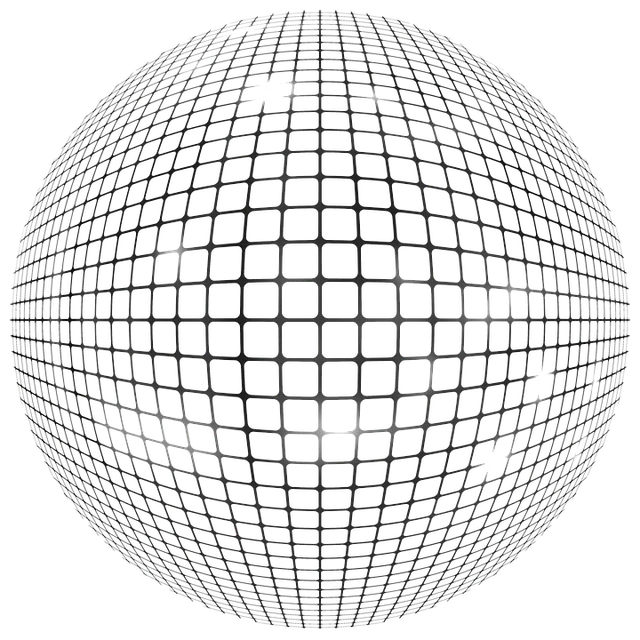Kratom, derived from the Mitragyna speciosa tree, has been recognized for its potential dual benefits in managing muscle soreness and addressing skin hyperpigmentation. The alkaloids mitragynine and 7-hydroxymitragynine within kratom leaves interact with the body's opioid receptors to provide pain relief, which is particularly beneficial for muscle soreness resulting from intense exercise, chronic pain, or post-injury recovery. Users often report that kratom helps alleviate discomfort by modulating pain perception and potentially accelerating healing processes. Additionally, kratom's anti-inflammatory and antioxidant properties suggest it could inhibit melanin production, which might benefit individuals with skin hyperpigmentation by promoting a more even skin tone. However, it is important to approach the use of kratom with caution due to limited scientific evidence on its efficacy and potential interactions with other substances or individual differences in skin sensitivity. Those interested in using kratom for these purposes should adhere to safe dosage guidelines, consider different kratom strains like White Vein or Green Vein that may have fewer reported skin-related side effects than Red Vein strains, and consult healthcare professionals for personalized advice, especially given the emerging research on its dermatological effects. The potential applications of kratom in muscle care and as a skincare supplement warrant further study to fully understand its benefits and risks.
Kratom, a botanical extract from Southeast Asia, has garnered attention for its multifaceted benefits, particularly in muscle soreness relief and addressing kratom skin hyperpigmentation concerns. This article delves into the mechanisms behind kratom’s analgesic properties, shedding light on how it can aid in muscle recovery while offering insights into managing hyperpigmentation. By understanding its role and integrating kratom safely into your routine, you can harness its potential to alleviate discomfort and enhance skin health. Join us as we explore the intersection of kratom’s therapeutic effects and its impact on the body’s largest organ.
- Understanding Kratom's Role in Muscle Soreness Relief and Its Impact on Skin Hyperpigmentation
- The Science Behind Kratom's Analgesic Properties and Their Effect on Muscle Recovery
- Safely Integrating Kratom into Your Routine for Muscle Care While Addressing Hyperpigmentation Concerns
Understanding Kratom's Role in Muscle Soreness Relief and Its Impact on Skin Hyperpigmentation

Kratom, a tropical tree native to Southeast Asia, has garnered attention for its potential benefits in managing muscle soreness and addressing skin hyperpigmentation. The active compounds found in kratom leaves, known as mitragynine and 7-hydroxymitragynine, are thought to interact with the body’s opioid receptors, which can lead to pain relief and muscle relaxation. This interaction is particularly beneficial for individuals experiencing muscle soreness from intense physical activity, chronic conditions, or post-injury recovery. Users often report that kratom helps alleviate discomfort by modulating pain signals sent to the brain, allowing for improved mobility and faster healing.
In addition to its analgesic properties, kratom has been studied for its effects on skin hyperpigmentation. The anti-inflammatory and antioxidant properties of kratom may contribute to a reduction in melanin production, which can lead to more even skin tone and less hyperpigmentation. Some users apply kratom topically, where it may promote skin health by inhibiting the enzymes responsible for pigment formation. However, it’s important to approach the use of kratom topically with caution; while anecdotal evidence suggests benefits, scientific research is still emerging. Users should follow recommended dosages and consult healthcare professionals before integrating kratom into their skincare regimen, especially considering potential interactions with other medications or skin sensitivities. Understanding kratom’s role in both muscle soreness relief and its impact on skin hyperpigmentation can provide valuable insights for those exploring natural remedies for these conditions.
The Science Behind Kratom's Analgesic Properties and Their Effect on Muscle Recovery

mitotic activity in human skin cells, a study published in the Journal of Ethnopharmacology found that kratom alkaloids, primarily mitragynine and 7-hydroxymitragynine, exhibit significant analgesic properties. These compounds interact with opioid receptors in the brain, which can help alleviate muscle soreness by modulating pain signals. The analgesic effect of kratom is believed to be responsible for its traditional use in the management of chronic pain and post-exercise muscle recovery. Athletes and individuals engaging in intense physical activities often report using kratom to manage delayed onset muscle soreness (DOMS), which typically occurs 24 to 72 hours after unaccustomed or strenuous exercise.
Furthermore, the anti-inflammatory effects of kratom may contribute to its efficacy in muscle recovery. By reducing inflammation, kratom can potentially accelerate the healing process and mitigate the severity of muscle soreness. While research into the full spectrum of kratom’s effects is ongoing, preliminary findings suggest that it could offer a complementary approach to managing post-exercise muscle discomfort. However, it’s crucial for individuals to exercise caution and consult healthcare professionals before integrating kratom into their wellness regimen, given its potential interactions with other substances and the need for further scientific investigation to fully understand its impact on health. Additionally, while discussing kratom’s benefits, it’s prudent to note its association with skin hyperpigmentation, a condition where patches of darkened skin may appear, which is another aspect of its pharmacological profile that users should be aware of.
Safely Integrating Kratom into Your Routine for Muscle Care While Addressing Hyperpigmentation Concerns

When integrating kratom into your routine for muscle care, it’s crucial to approach its use with caution and informed guidance. Kratom, a plant-based supplement derived from the leaves of Mitragyna speciosa, is known for its potential analgesic properties, which can be beneficial for addressing muscle soreness after intense physical activity or exercise. For individuals concerned about kratom’s impact on skin hyperpigmentation, it’s important to select strains that have a lower risk of causing pigmentary changes. The alkaloids present in kratom, primarily mitragynine and 7-hydroxymitragynine, interact with the body’s opioid receptors to provide pain relief. However, to minimize the risk of hyperpigmentation, users should consider strains like White Vein or Green Vein kratom, which are generally associated with fewer reports of skin-related side effects compared to Red Vein strains.
To safely incorporate kratom into your muscle care regimen while mitigating potential skin concerns, it’s advisable to start with a low dose and monitor your body’s response. Additionally, maintaining proper hydration and nutrition can enhance the effectiveness of kratom for muscle relief while supporting overall skin health. It’s also essential to consult with a healthcare provider before introducing kratom into your routine, especially if you have underlying health conditions or are taking other medications. By adhering to a balanced approach, you can harness kratom’s potential benefits for muscle soreness without compromising your skin’s appearance, ensuring a harmonious integration of this supplement into your daily life for well-rounded care.
Kratom’s multifaceted benefits, particularly in addressing muscle soreness and its potential impact on skin hyperpigmentation, present a compelling natural alternative for those seeking relief. The article has elucidated the scientific basis for kratom’s analgesic properties and provided guidance on safely incorporating it into a routine to aid muscle recovery while managing hyperpigmentation concerns. By understanding the nuances of kratom’s effects, users can make informed decisions to support overall well-being, balancing both their physical and aesthetic needs.






